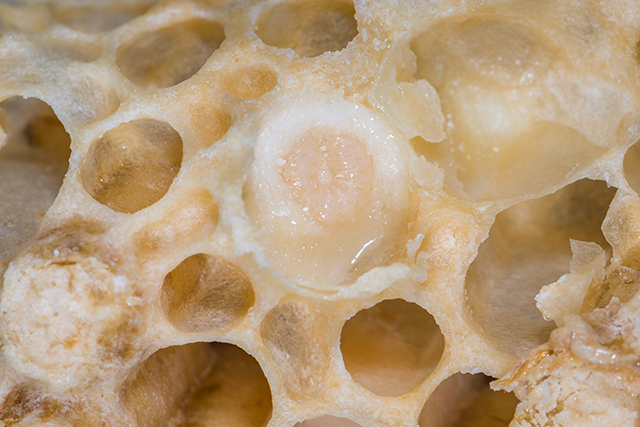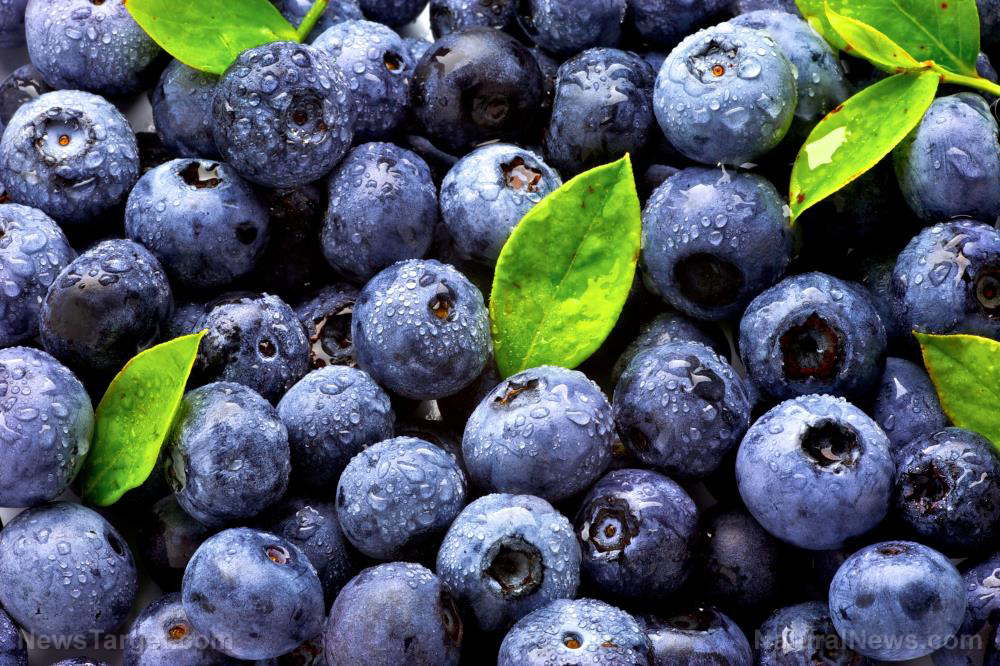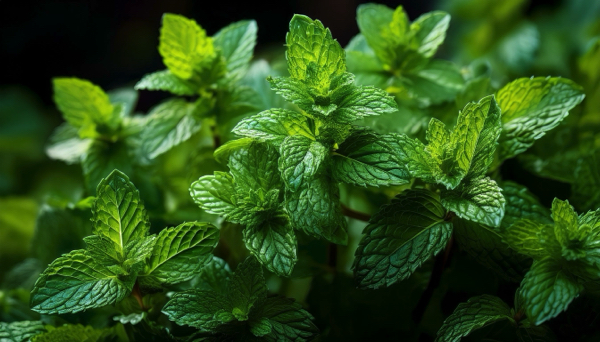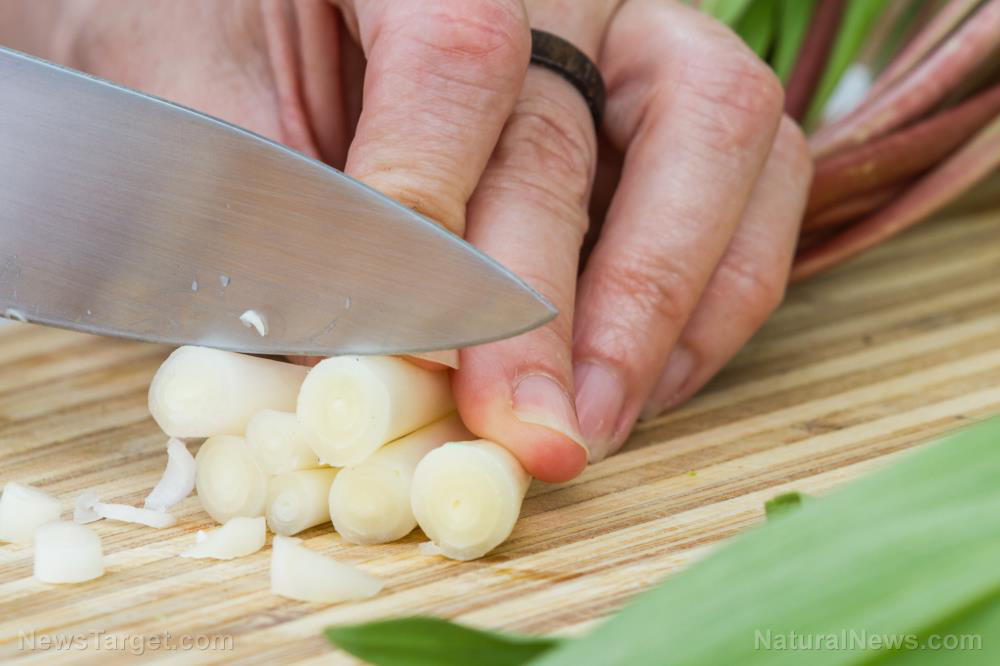7 Healthy reasons to eat more garlic every day
07/17/2024 / By News Editors

Whether you love garlic or can’t stand the stink, there is no denying that this bulb provides a treasure trove of healthy benefits.
(Article republished from GreenMedInfo.com)
Garlic (Allium sativum) has been called the “stinking rose.” While some people think it reeks, others can’t get enough of its bite. Whether you love garlic or can’t stand it, there is no denying that this bulb provides a wealth of healthy benefits.
Green Med Info’s database documents the effectiveness of garlic in 183 disease conditions ranging from cancer to stroke, infection to atherosclerosis, diabetes to lead toxicity. The database also provides evidence of garlic’s 57 pharmacological effects in the body.
Here are just seven evidenced-based reasons to eat more garlic every day.
1. Garlic Cuts Risk of Heart Attack and Stroke by 50%
Garlic reduces a multitude of risk factors that may lead to heart attack or stroke. It’s been shown to affect arteriosclerosis, triglycerides, blood pressure, platelet aggregation, and plasma viscosity. Penn State researchers noted that studies link garlic use with a 38% decreased risk of heart problems in general.[i]
And in a prospective four-year clinical trial in Germany, researchers found that because garlic has so many effects on the body, it resulted in a reduction of relative cardiovascular risk for infarction (heart attack) and stroke by more than 50%.[ii]
2. Garlic Slows Atherosclerosis
Studies show garlic inhibits the formation of arteriosclerotic plaque.[iii] In fact, research on GreenMedInfo.com features 14 studies on how garlic fights arteriosclerosis, calcification of the arteries, and arterial plaque.
At UCLA researchers conducted a placebo-controlled, double-blind, randomized trial of 65 people at risk for heart disease. Every day they gave the subjects a placebo capsule or a capsule containing aged garlic extract (250 mg) plus Vitamin B12 (100 micrograms), folic acid (300 micrograms), Vitamin B6 (12.5 mg), and the amino acid l-arginine (100 mg). They measured the amount of calcification in the coronary artery at the beginning of the trial and at the end. After one year the progression of coronary artery calcification was significantly reduced for the group taking the garlic and other supplements.[iv]
And the 4-year clinical trial in Germany cited above showed that garlic powder taken daily reduced the volume of arteriosclerotic plaque by up to 18%.[v]
3. Garlic Protects the Heart from Calcification
A study published in the International Journal Cardiology shows that aged garlic extract helps alter the ratio of brown fat to white fat surrounding the heart muscle. Brown fat is a more active form of adipose tissue and produces heat or energy. White fat is for storage and is inactive. White fat surrounding the heart muscle is strongly correlated with the calcification of the coronary artery.
The study randomized 60 subjects to receive either a daily placebo or a supplement containing 250 mg of aged garlic-extract, 100 micrograms of vitamin-B12, 300 micrograms of folic-acid, 12.5mg of vitamin-B6, and 100 mg of l-arginine.
After one year the risks of coronary artery calcium progression were significantly lower in the supplement group compared to the placebo group. Researchers also found an increase in the beneficial brown fat around the heart muscle. And the more brown fat a person had around their heart, the less risk of calcification they had.
Another randomized placebo-controlled study from UCLA looked at the effect of aged garlic extract in patients on statin drugs. For one year, patients took either a placebo or 4 ml of aged garlic extract. At the end of the year, the rate of coronary calcification was 3 times slower for those taking the aged garlic extract.[vi] The authors suggested that
“garlic may prove useful for patients who are at high risk of future cardiovascular events.”
4. Garlic Lowers Blood Pressure Better Than Drugs
A groundbreaking study in the Pakistan Journal of Pharmaceutical Sciences compared garlic tablets with the blockbuster blood pressure lowering drug atenolol and a placebo. It found that garlic in daily doses ranging from 300 to 1,500 mg significantly reduced systolic and diastolic blood pressure in hypertensive patients compared to atenolol and placebo.[vii]
How does garlic lower blood pressure? Sulfur compounds in garlic enter the red blood cells and are converted to hydrogen sulfide which dilates the blood vessels. That helps boost blood flow and reduce blood pressure.
In another study Chinese researchers recruited 125 stroke patients and asked them how often they ate garlic. The mean garlic intake of the group was 2.9 grams per day – about one clove. Then they measured arterial blood flow using an ultrasound test.
Researchers found they could accurately predict blood flow based on the amount of garlic the patients reported eating.[viii] Patients eating less garlic had poorer circulation. Those eating more had better circulation.
5. Garlic Fights Infection
Garlic has potent antibacterial powers and may be the life-saving answer to the growing problem of multi-drug resistant bacteria. Studies prove that garlic can kill at least 13 types of infections – both bacterial and viral.
One study compared garlic to the antibiotic drug metronidazole in treating vaginal infections. Every day, women in the study received either two 500 mg garlic tablets or two 250 mg doses of metronidazole. After seven days the garlic reduced the active infection by 70% compared to 48% for the drug. And garlic had no side effects making it a safer bet by far. Metronidazole is a probable carcinogen with a wide range of side effects including nausea, diarrhea, vomiting, headache, dizziness, and abdominal pain.
Click here to learn how to treat a vaginal infection with a clove of garlic.
6. Garlic Prevents the Common Cold
The Cochrane Collaboration in Australia documented a study in which garlic reduced the incidence of colds more than 50 percent.[ix] Researchers gave 146 people either a placebo or a garlic supplement – standardized to 180 milligrams of allicin. Allicin is the compound that gives garlic its pungent smell.
After 12 weeks the placebo group had 65 total colds while the garlic group had only 24. In addition, the placebo group had a total of 366 sick days compared to the garlic group which only had 111. In other words, the placebo group had more than triple the number of sick days as the garlic group.
Garlic can also reduce the severity of cold symptoms. In a randomized, double-blind, placebo-controlled study published in the journal Clinical Nutrition researchers gave 120 people either a placebo or 2.5 grams per day of an aged garlic extract supplement. Over six months, the garlic group had 58 percent fewer colds and suffered 61 percent fewer days with colds. In addition, the garlic group had 21 percent fewer symptoms when they did catch a cold.
7. Garlic Beats Chelation Drug for Detoxifying Lead
Garlic naturally reduces blood and tissue concentrations of lead. And it’s just as effectively as a common chelation drug. A study published in the journal Basic & Clinical Pharmacology & Toxicology compared garlic to the chelation drug known as d-penicillamine.[x]
Researchers measured lead concentrations in the blood of 117 workers at a car battery plant. Then the workers were randomly assigned to take either garlic (1.2 milligrams of allicin from approximately 1,000 mg of garlic extract, three times daily) or d-penicillamine (250 mg, three times daily).
After four weeks, both the drug and the garlic significantly reduced lead concentrations in the blood by about the same amount. But the garlic also improved clinical symptoms while the drug did not. The garlic significantly reduced irritability, headaches, deep tendon reflex, and systolic blood pressure. And the drug had serious side effects.
The researchers concluded that
“garlic seems safer clinically and as effective as d-penicillamine. Therefore, garlic can be recommended for the treatment of mild-to-moderate lead poisoning.”
Garlic has been proven time and again to be safe and effective. Many studies have tested garlic oil, powder, or aged garlic extracts. But eating and cooking with fresh whole garlic is a great way to get the benefits on a daily basis. Aim for one clove a day.
Add freshly crushed or chopped garlic to soups, stews, sauces, dressings, and vegetables. But let your garlic sit for a few minutes after crushing or chopping it. This allows the allicin to fully develop. Heating the garlic or adding an acid (like lemon juice or vinegar) right away will kill off many of the beneficial compounds.
Read more at: GreenMedInfo.com
Submit a correction >>
Tagged Under:
alternative medicine, detox, disease treatments, food cures, food is medicine, food science, garlic, health science, heart disease, heart health, herbal medicine, herbs, natural cures, natural health, natural medicine, nutrients, nutrition, organics, phytonutrients, remedies, Xpost
This article may contain statements that reflect the opinion of the author
RECENT NEWS & ARTICLES
consumerwellness.info is a fact-based public education website published by consumerwellness.info
All content copyright © 2023 by consumerwellness.info
Contact Us with Tips or Corrections
All trademarks, registered trademarks and servicemarks mentioned on this site are the property of their respective owners.




















